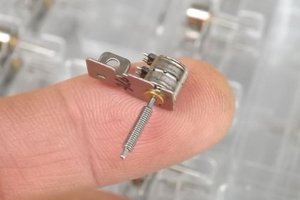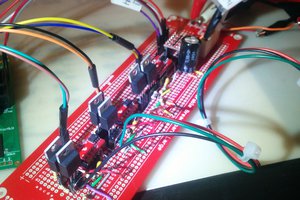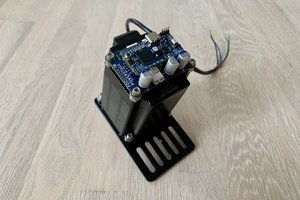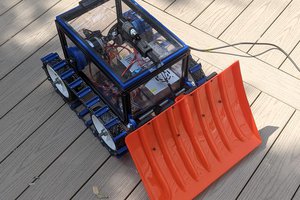First of all, I've got to thank The Post Apocalyptic Inventor and Flowering Elbow. Most, if not all of the research presented here is from them and not myself and I've linked to their pertinent YouTube videos.
What I am doing here, is compiling their research into a set of notes for my own use that I thought I should post here too to share with the rest of you.
On TPAI's channel there's a lot more videos dealing with this project, But, as with any research, he goes down a couple of blind alleys and some of his ideas don't work. As someone who's following along and "stealing" his best ideas, I get to skip those steps, and just present here his findings that proved correct.
 Andy Preston
Andy Preston
 Jonathan Beri
Jonathan Beri
 ridonkulus
ridonkulus
 Juan-Antonio Søren E.P.
Juan-Antonio Søren E.P.
 cele9999
cele9999
already using one to power a drill press ,separated series field fed by 12v dc in shunt mode & variable low voltage feed to armature. Now experimenting with magnetic amplifier for more low speed torque . so far the rig has drilled stainless steel very well.